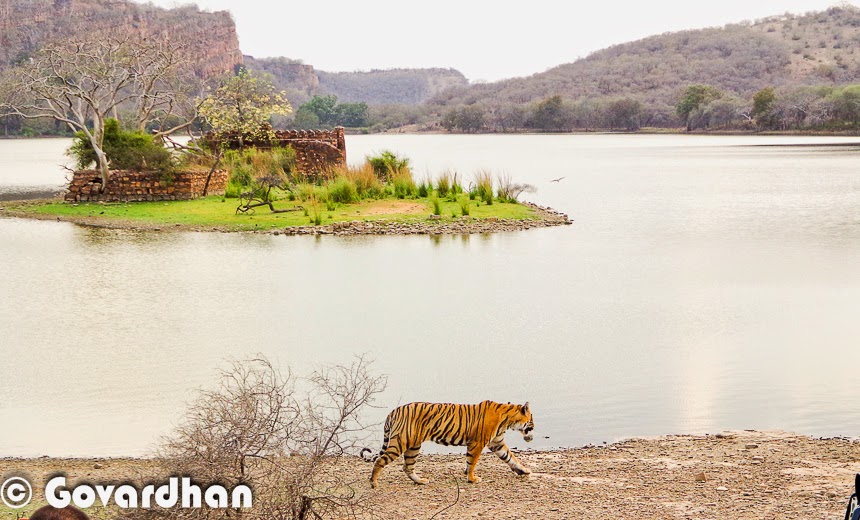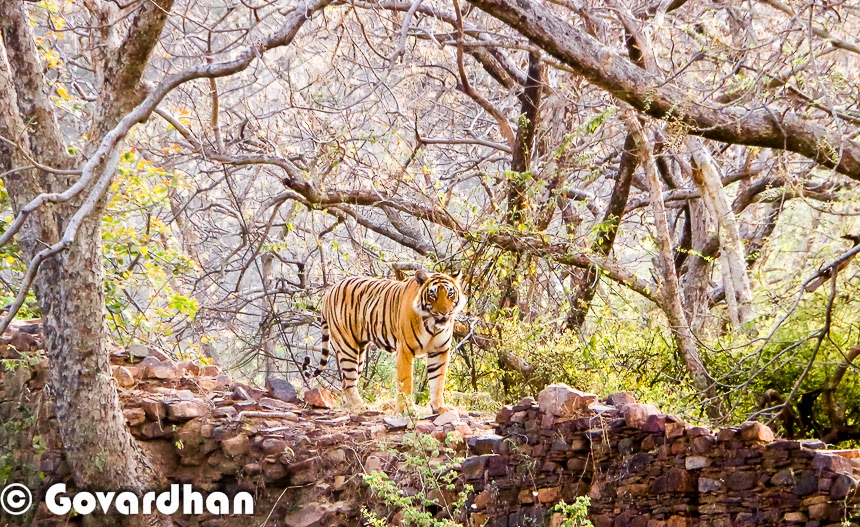 The Royal Bengal tiger with its golden and black coat and golden-eyes is the most graceful animal in the world. And it behaves like a celebrity too. Found in India, Nepal, Myanmar, Bangladesh, and Bhutan, the tiger, though endangered, is still the most numerous of all remaining tiger species of the world. And I have always felt proud of the fact that our country is the place where the Royal Bengal Tigers are found in the largest numbers.
The Royal Bengal tiger with its golden and black coat and golden-eyes is the most graceful animal in the world. And it behaves like a celebrity too. Found in India, Nepal, Myanmar, Bangladesh, and Bhutan, the tiger, though endangered, is still the most numerous of all remaining tiger species of the world. And I have always felt proud of the fact that our country is the place where the Royal Bengal Tigers are found in the largest numbers.
The population suffered a huge setback in the last few decades because of poaching, but now because of conscious, consistent efforts of the Government and various organizations such as Sanctuary Asia and Aircel, the population is slowly on the rise.
Especially in the parks such as Ranthambore, the population is larger than the park can practically support. This has created a huge dilemma because of the increasing incidents of human-wildlife conflict. It is therefore very important to create more such zones where tigers can survive.
At the same time, it is important to maintain a healthy prey population in areas where tigers already rule. This will prevent the tiger from venturing close to human settlements. This can in fact be the key in preventing human-wildlife conflict and hence help in conservation.
While tiger populations are on a rise in the country, it is important to stay focussed and not become overconfident. we need to look at this cause holistically and take proactive measures rather than reactive ones. We need to take steps to ensure that tiger populations are able to flourish in a healthy habitat. Tigers are the pride of our nation and we need to treat it in a manner suited to its stature.









.jpg)
Comments
the pictures are amazing... refreshed my Ranthambore memories, especially that of the palace in the water... have you seen pictures of the tigers sitting right at the entrance of that little palace? they are amazing and many a lucky photographers have managed those clicks :-)
Do read these two posts on Ranthambore when you can make time:
http://drishti.co/2015/02/02/my-tryst-with-regalia-in-the-deep-confines-of-ranthambhore/
http://drishti.co/2015/04/04/jungle-book-a-virtual-tour-of-ranthambore-national-park/
Cheers :-)
The Orange Fever